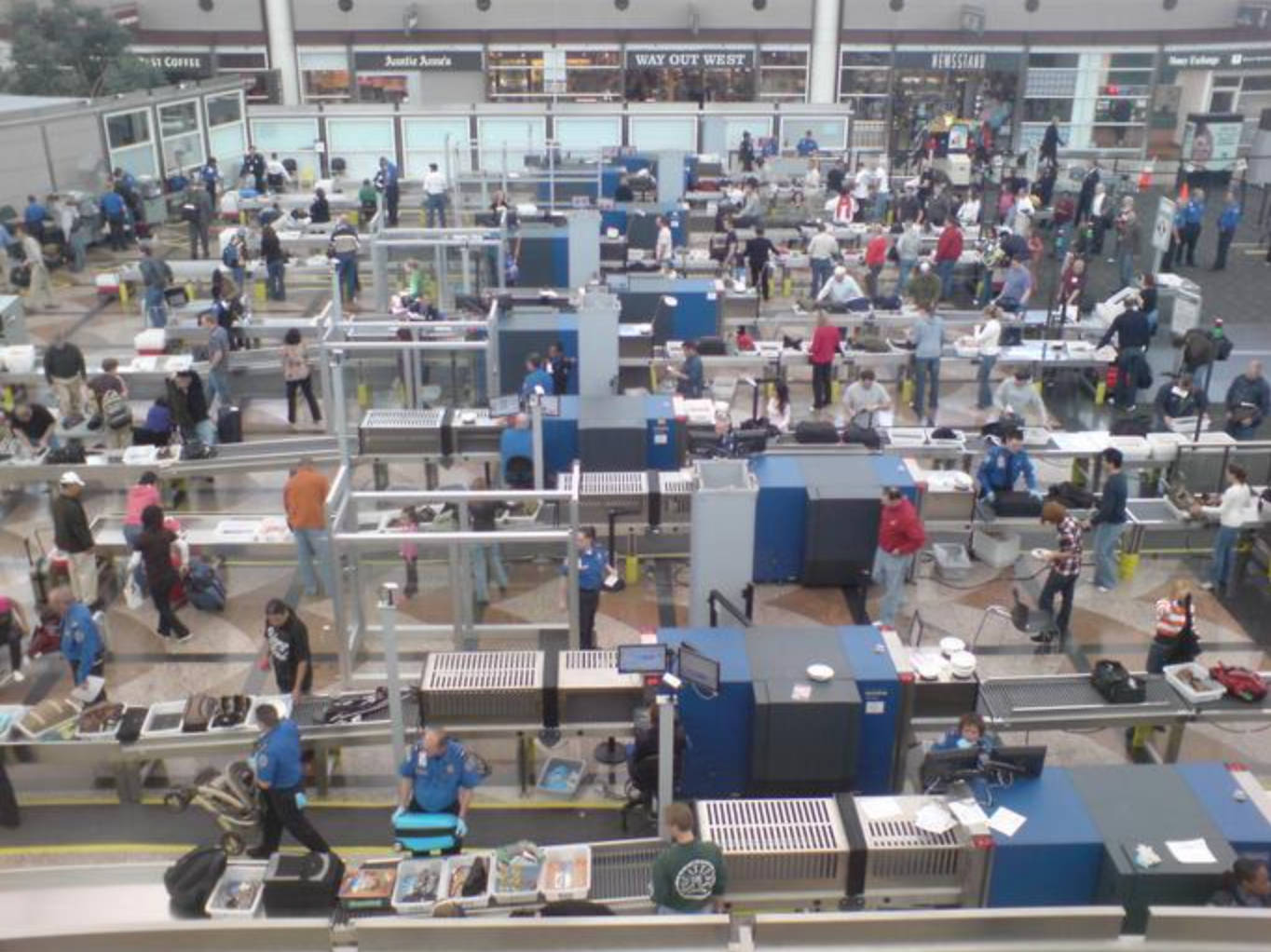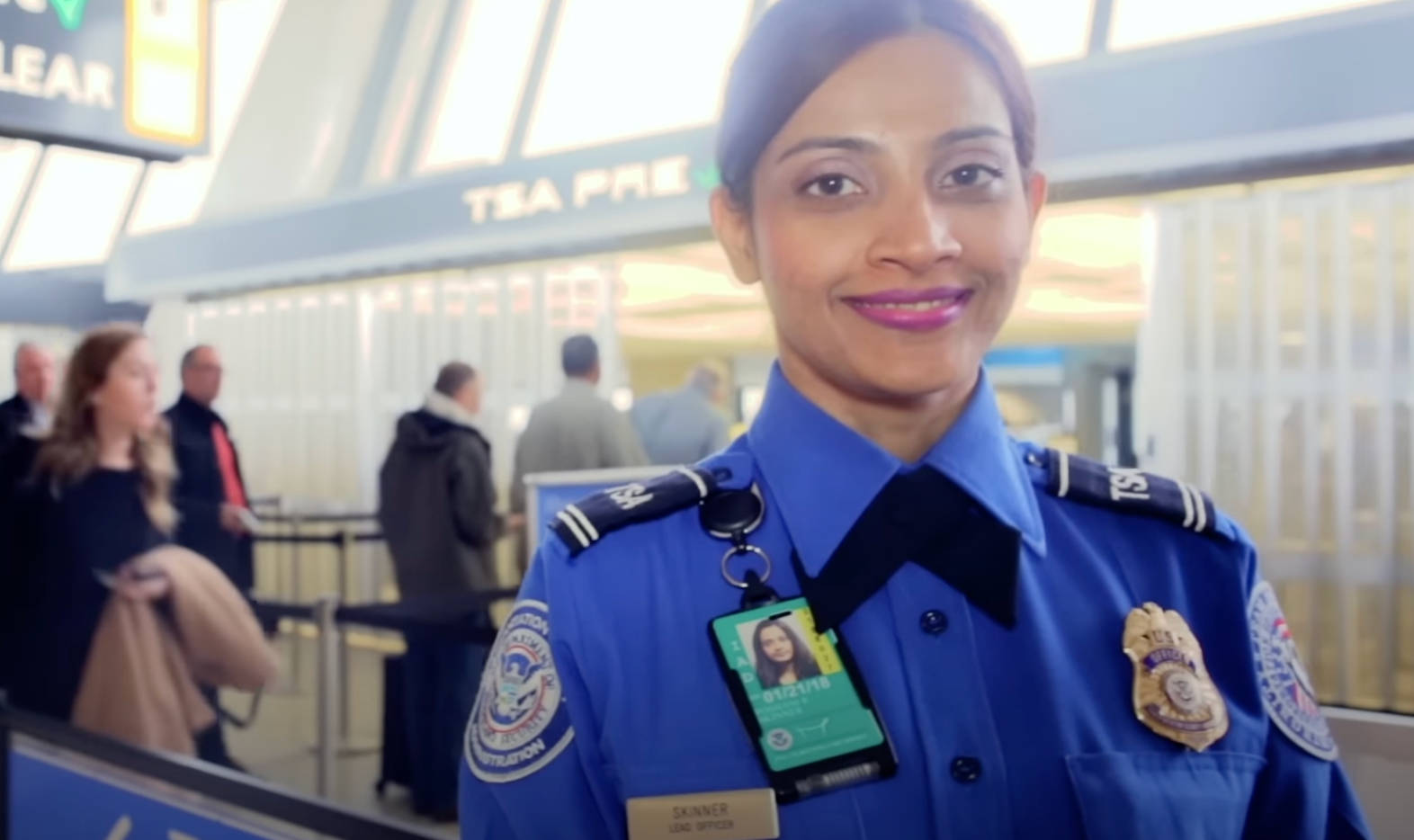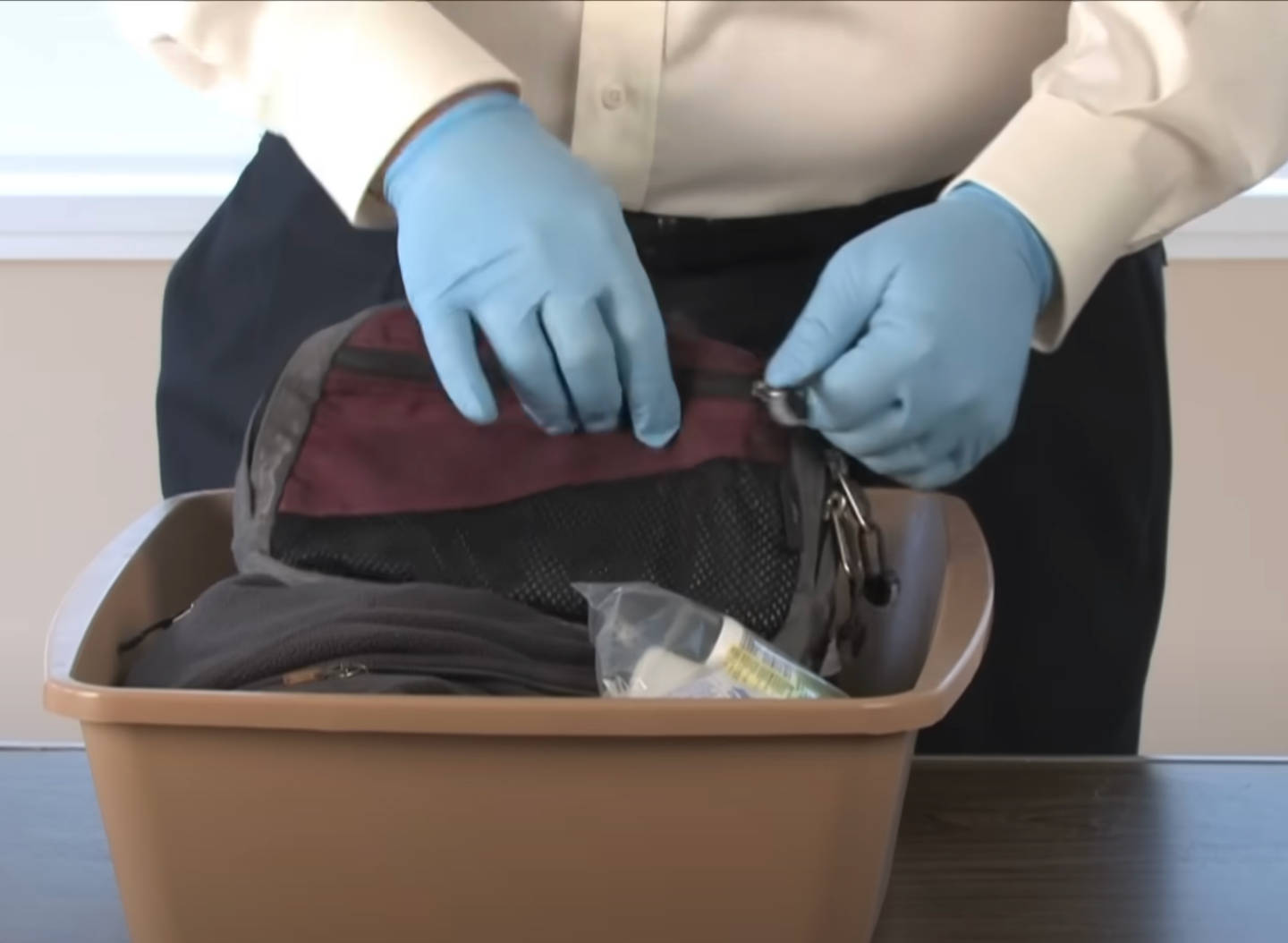TSA Rules, Guidelines, & Tips
When you're packing for a trip, it's easy to wonder what should go in your carry-on or checked bag. I’ve learned the hard way that knowing TSA airport security rules and regulations can save you a ton of time and hassle at the airport.
The TSA (Transportation Security Administration) has been around long before the 9/11 attacks, but after 2001, their rules became much stricter. Trust me, you don't want to be that person who holds up the airport security line because you overlooked a simple rule. If you don't comply, you won't be allowed to board your flight—simple as that.
What is the TSA?
Back in the day, I used to think the TSA was just those officers checking bags and ushering people through the metal detectors. But after racking up millions of air miles, I realized the TSA is a whole system designed to keep us safe. They work behind the scenes with law enforcement and intelligence agencies to make sure we're secure from the moment we step into the airport until we reach our destination.
In fact, the TSA was established after the 9/11 attacks through the Aviation and Transportation Security Act in November 2001. I was traveling around that time, and I remember the sudden increase in security. It was a bit overwhelming at first, but I quickly appreciated the extra layers of safety.
Planning a trip with your favorite sporting or camping gear? Before you pack, make sure you know the TSA rules to avoid any hassles at the airport. This video was a lifesaver for me on my last hiking trip – it clearly explains which items you can bring in your carry-on or checked bag, and which ones require special packing or are outright prohibited. Whether you're carrying fishing poles, golf clubs, or even a camp stove, this guide has got you covered. Watch the video to ensure a smooth journey with all your gear!
What Do You Need To Know?
When I think about TSA, I picture long lines, the x-ray machines, and the officers asking you to empty your pockets. But the officers you see are just a small part of the overall system. There are over 45,000 TSA officers across the U.S., and their job is to make sure that no prohibited items make it onto planes.
One thing that has helped me breeze through security is being organized. I pack my liquids according to the 3-1-1 rule, keep electronics in an easily accessible spot, and avoid overstuffing my bags. The smoother your bag goes through screening, the quicker you’re on your way.
TSA-Approved Luggage Locks
I’ve had my luggage opened by TSA a few times, and I was so glad I invested in a TSA-approved lock. These locks allow TSA to open your bag without damaging it. One time my lock was broken during an inspection, but because it was TSA-approved, I was able to file a claim and get it replaced without any hassle.
Liquids and the 3-1-1 Rule
If you're like me and enjoy traveling with your favorite toiletries, you need to follow the TSA's "3-1-1" rule. Basically, each liquid container must be 3.4 ounces or less, and they all have to fit into a single quart-sized plastic bag. There are exceptions, though. For instance, TSA allows up to 12 ounces of liquid hand sanitizer now, which is a relief with all the recent health concerns.
I've also found that if you're bringing duty-free liquids (like alcohol), you need to make sure they're in tamper-evident bags, otherwise you might run into issues at security. DOn't make th emistake I did once returning from Portgual, where my treasured wines I bought were conficated at JFK!
Electronics
I always make sure my laptop, tablet, and any other large electronics are easy to grab when I’m going through security. TSA requires these to be removed from your bag and placed in a separate bin for screening. Trust me, it’s much smoother when you’re prepared. I’ve also had to turn on my devices at the request of TSA agents a few times, so make sure your electronics are charged.
Weapons
It’s easy to assume that all weapons are forbidden, but that’s not entirely true. Firearms and some weapons are allowed in checked baggage as long as you declare them and follow TSA guidelines. Always check the rules before packing sports equipment like golf clubs, which need to be checked.
TSA PreCheck Program
Let me tell you, if you fly even a few times a year, TSA PreCheck is worth every penny. For $85, you get five years of access to expedited screening, which means keeping your shoes, belts, and light jackets on while you pass through security. I applied online, and the process took less than ten minutes. Now, I save time and avoid the hassle of standard security lines.
Traveling With Kids
I’ve flown with kids many times, and let me tell you, TSA rules are a bit more lenient when it comes to traveling with infants and toddlers. You can bring baby formula and breast milk without following the 3-1-1 rule. Just be sure to declare them at security, and you might have to let TSA test them. It’s a small price to pay for peace of mind knowing you have everything your child needs.
Seniors
I’ve helped my elderly mom travel, and thankfully, TSA makes it a bit easier for seniors. If you’re over 75, you can keep your shoes and light jackets on during screening unless there’s a reason to remove them. Plus, if you can’t stand for long periods, TSA has alternative screening options.
International Travel
Things can be a bit more complicated when flying internationally, but luckily, many countries have similar security rules to the U.S. I always make sure to follow the same basic guidelines—packing liquids in 100 ml containers and keeping my electronics accessible—and I check with the airline if I have any doubts. It saves a lot of headaches at foreign airports.
Medications
If you’re flying with medications, TSA allows you to carry them onboard—even liquids that are larger than the 3.4-ounce limit. I travel with prescription medication and always carry a note from my doctor, just in case TSA needs to verify anything. They’re also accommodating with oxygen tanks, so make sure you plan ahead for any medical needs.
Be Prepared for Your Next Flight
I can say emphatically that staying informed about TSA rules can make or break your travel experience. Arriving at the airport two hours early, especially during busy times, and keeping up with the latest guidelines is key to a smooth trip.
Before you head to the airport, check TSA.gov for up-to-date rules, packing tips, and information for travelers with special needs. It’s worth the effort to be prepared—trust me, your future self will thank you.
FAQ: TSA Rules
Find more help here for your journey through the airport




